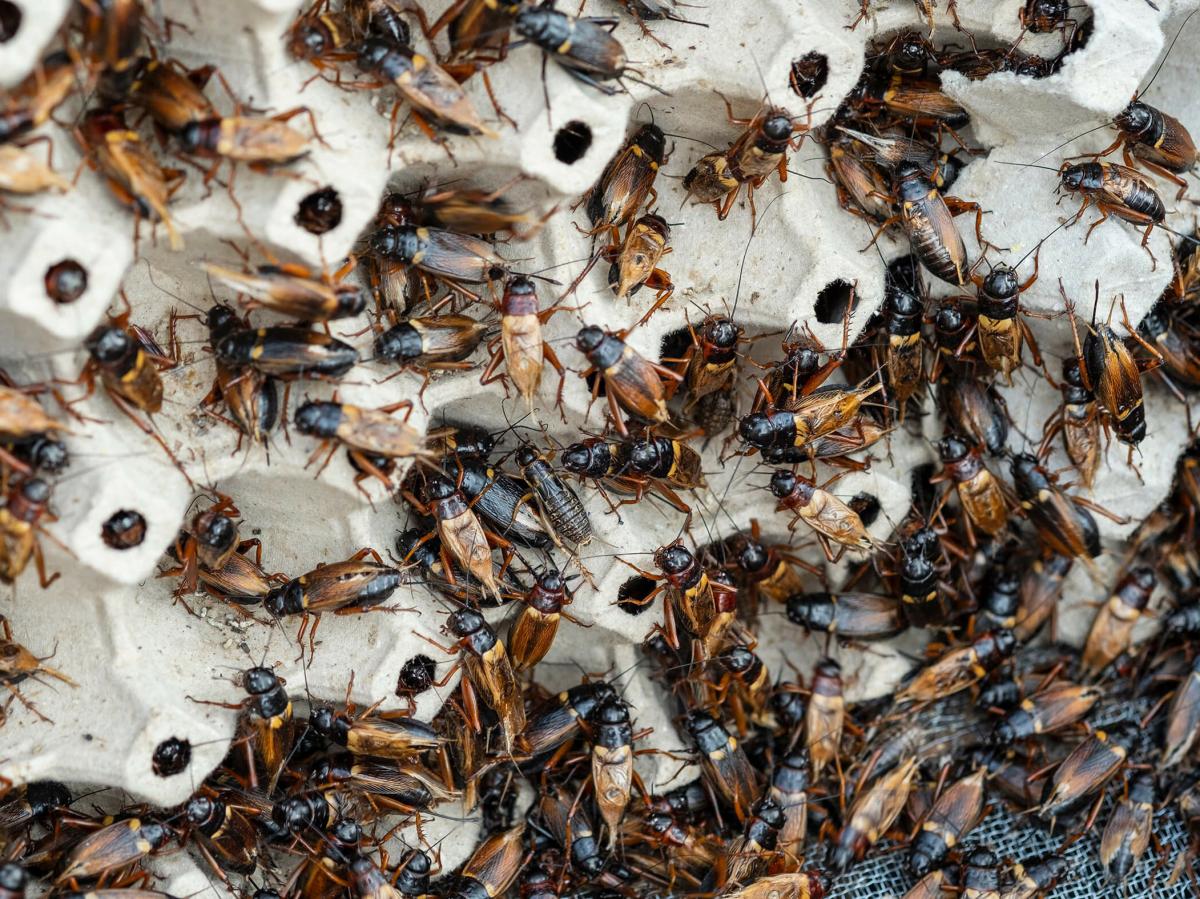

Articles
How To Store Crickets For Reptiles
Modified: December 7, 2023
Looking for articles on how to store crickets for reptiles? Discover helpful tips and techniques to provide the best environment for your reptile's food source.
(Many of the links in this article redirect to a specific reviewed product. Your purchase of these products through affiliate links helps to generate commission for Storables.com, at no extra cost. Learn more)
Introduction
Keeping reptiles as pets can be a fulfilling and rewarding experience. As reptile owners, we have a responsibility to ensure that our pets are well-cared for and provided with a healthy and balanced diet. One essential aspect of reptile care is ensuring that they receive the appropriate food source, especially if they are insectivorous.
Crickets are a common and nutritious food option for many reptiles. They are rich in protein, vitamins, and minerals, making them an excellent choice for feeding your reptile. However, it is not always convenient or cost-effective to purchase crickets every day. That’s where storing crickets becomes essential. By learning how to properly store crickets, you can ensure a readily available and healthy food source for your reptiles.
In this article, we will guide you through the process of storing crickets for reptiles. We will discuss the importance of proper cricket storage, choosing the right container for storage, creating a suitable cricket habitat, feeding and hydration techniques, maintaining temperature and humidity levels, cleaning and maintaining the storage area, monitoring cricket health, and minimizing cricket mortality during storage. By following these guidelines, you can provide your reptile with a consistent and nutritious food source while minimizing the risk of cricket-related issues.
Remember, proper cricket storage is crucial for maintaining their health and nutrition. Stressed or sick crickets can carry diseases or parasites, which can negatively impact your reptile’s health. Additionally, by storing crickets correctly, you can extend their lifespan, ensuring they are healthy and active when it comes time to feed your reptile. So, let’s dive in and learn how to store crickets for reptiles the right way.
Before we begin, it’s important to note that the information provided in this article is a general guide. Different reptile species may have specific dietary needs, so it’s always best to consult with a reptile veterinarian or do thorough research on your specific reptile’s requirements. With that said, let’s get started on creating the perfect cricket storage setup for your reptiles.
Key Takeaways:
- Proper cricket storage ensures a convenient, cost-effective, and nutritious food source for reptiles. Choosing the right container, creating a suitable habitat, and implementing feeding and hydration techniques are essential for cricket well-being.
- Minimizing cricket mortality during storage is crucial for maintaining their health and vitality. Quality assurance, optimal habitat conditions, and regular monitoring contribute to the well-being of stored crickets and provide optimal nutrition for reptiles.
Read more: How To Store Crickets
Why Store Crickets for Reptiles?
As a reptile owner, you may be wondering why you should bother storing crickets for your reptiles when you can simply buy them as needed. While it may be convenient to purchase crickets on a day-to-day basis, there are several reasons why storing them can be beneficial.
1. Convenience: By storing crickets, you can have a readily available food source on hand whenever your reptile needs to be fed. This is especially useful if you have a busy schedule or live in an area where it’s not easy to find a reliable source of live crickets.
2. Cost-Effective: Buying crickets in bulk and storing them can be more cost-effective in the long run compared to purchasing them individually. When you buy in larger quantities, you often get discounted prices, helping you save money over time.
3. Availability: There may be times when live crickets are not readily available, such as during holidays or extreme weather conditions. By storing crickets, you can ensure that your reptile always has access to their preferred food source, regardless of external factors.
4. Nutritional Value: Freshly purchased crickets tend to be more nutritious compared to those that have been sitting in a pet store for an extended period. Storing crickets allows you to maintain their health and nutrition by providing them with proper care and feeding.
5. Variety: Having a stock of stored crickets allows you to offer your reptile a variety of food options. This is important as reptiles, like humans, benefit from a diverse diet. By periodically offering different insect species, you can ensure that your reptile is getting a range of nutrients and vitamins.
6. Improving Cricket Health: When you store crickets, you can implement feeding and hydration techniques that promote their overall well-being. This includes providing a balanced diet, gut-loading them with nutritious food before feeding them to your reptile, and ensuring they have access to fresh water.
7. Reduced Stress: Frequent handling and transferring of crickets may cause stress, which can negatively impact their health and longevity. By storing crickets, you can minimize handling and reduce stress-related issues, ensuring that your reptile receives optimal nutrition without jeopardizing the well-being of the crickets.
Remember, while it is beneficial to store crickets for reptile feeding, it is essential to provide proper care and maintenance to ensure the health and well-being of both the crickets and your reptile. In the following sections, we will explore in detail how to choose the right container for cricket storage, create a suitable cricket habitat, and implement proper feeding and hydration techniques.
Choosing the Right Container for Cricket Storage
When it comes to storing crickets for your reptiles, selecting the appropriate container is crucial. The right container will provide an optimal environment for the crickets, ensuring their well-being and longevity. Here are some factors to consider when choosing a container for cricket storage:
1. Size: The size of the container depends on the number of crickets you plan to store. Consider the number of reptiles you have and their feeding requirements. Ensure that the container has enough space to accommodate the crickets comfortably without overcrowding.
2. Ventilation: Proper airflow is essential for cricket health and preventing the build-up of ammonia and other harmful gases. Choose a container with sufficient ventilation, such as small holes or mesh openings, to allow for proper air circulation.
3. Escape-Proof: Crickets are known for their jumping ability, and escaping can become a problem if the container is not secure. Look for a container with tightly fitting lids or covers to prevent crickets from escaping and infesting your home. Mesh or screen lids can also provide ventilation while keeping the crickets contained.
4. Transparency: Opt for a transparent container that allows you to observe the crickets without constantly opening the lid. Transparent containers also allow for better monitoring of any potential issues, such as mold growth or cricket health concerns.
5. Material: The material of the container is important for maintaining a suitable environment for the crickets. Non-porous materials like plastic or glass are generally preferred as they are easy to clean and sanitize. Avoid containers made of materials that can retain moisture, such as wood, as they can promote the growth of bacteria and fungi.
6. Hygiene: Consider the ease of cleaning and maintaining the container. Look for containers that are easy to disinfect and wash, as proper hygiene is essential for preventing the spread of diseases and ensuring the health of the crickets.
7. Stackability: If you plan to store a large number of crickets, consider containers that are stackable to save space. Stackable containers allow for efficient use of storage areas, especially if you have limited space.
It is worth noting that some reptile supply stores sell specialized containers designed specifically for storing crickets. These containers often come with features tailored to the needs of the crickets, such as removable egg cartons for hiding spots or built-in feeding dishes for convenience.
Remember, regardless of the container you choose, it is essential to regularly inspect and clean the container to maintain a hygienic and healthy environment for the crickets. In the next section, we will delve into creating a suitable cricket habitat, including bedding, hiding spots, and temperature and humidity requirements to ensure the well-being and longevity of the stored crickets.
Creating a Suitable Cricket Habitat
When storing crickets for your reptiles, it is essential to provide them with a suitable habitat that mimics their natural environment. Creating a proper cricket habitat ensures their well-being and helps maintain their health and vitality. Here are some key aspects to consider when setting up a suitable cricket habitat:
1. Bedding: Choose an appropriate substrate as bedding for the crickets. There are several options available, including commercial cricket bedding or alternatives like peat moss, coconut fiber, or paper towels. The bedding should provide a comfortable surface for the crickets to walk on and absorb moisture effectively.
2. Hiding Spots: Crickets naturally seek shelter and hiding spots in their habitat. Provide hiding spots such as egg cartons, toilet paper rolls, or small cardboard boxes. These items not only offer shelter but also serve as breeding sites for the crickets.
3. Temperature and Humidity: Maintain the ideal temperature and humidity levels in the cricket habitat to promote their health and activity. Crickets thrive in a temperature range of 75-85°F (24-29°C) and with a humidity level around 50-60%. Use a thermometer and hygrometer to monitor and adjust these factors as needed.
4. Lighting: While crickets don’t require specific lighting, providing a consistent light-dark cycle can help regulate their activity and reproductive patterns. Use a timer to create a regular daytime and nighttime cycle to mimic natural lighting conditions.
5. Feeding and Water Sources: Ensure that the cricket habitat provides easy access to food and water. Place shallow dishes or trays with a high-quality cricket food source such as commercial cricket food, fresh fruits, vegetables, or high-protein dry pet food. Provide a separate dish with a source of clean water, either in the form of a water gel or a small dish filled with water and covered with a sponge to prevent drowning.
6. Cleaning and Maintenance: Regularly clean and maintain the cricket habitat to prevent the buildup of waste, bacteria, and unpleasant odors. Remove any dead crickets, uneaten food, and soiled bedding promptly. Clean the dishes and replace the bedding regularly to maintain a hygienic environment.
7. Separate Breeding Area: If you plan to breed crickets, consider setting up a separate breeding area within the cricket habitat. This area can include additional hiding spots, a laying substrate like damp soil or vermiculite, and proper temperature and humidity levels to encourage breeding.
It is important to regularly monitor the cricket habitat, ensuring that the crickets have sufficient food, water, and proper environmental conditions. Regularly replenish the food and water sources and assess the overall health and activity level of the crickets.
By creating a suitable cricket habitat, you are providing the crickets with the necessary elements for survival and reproduction. In the next section, we will discuss feeding and hydration techniques to ensure the crickets remain healthy and provide optimal nutrition for your reptile.
Proper Feeding and Hydration Techniques for Stored Crickets
Maintaining proper nutrition and hydration in stored crickets is crucial for their health and vitality, as well as for providing optimal nutrition to your reptiles. Here are some guidelines for feeding and hydrating stored crickets:
1. Feeding the Crickets:
– Gut-Loading: Gut-loading is the process of feeding nutritious foods to crickets before offering them to your reptile. This ensures that the crickets are packed with essential nutrients. Use a high-quality gut-loading cricket food or offer them fresh fruits, vegetables, or high-protein dry pet food.
– Variety: Provide a diverse diet to the crickets to enhance their nutritional value. Offer different fruits, vegetables, and other food sources to promote a range of nutrients.
– Frequency: Offer fresh food to the crickets every day or every other day, removing any uneaten food promptly. This ensures that the crickets are always well-fed and have access to a balanced diet.
– Calcium Supplementation: Dust the crickets with a calcium supplement before feeding them to your reptile. This helps provide essential calcium for reptile bone health.
2. Hydrating the Crickets:
– Water Source: Provide a source of clean water for the crickets at all times. Use a dish or water gel that is shallow enough for the crickets to access easily, but deep enough to prevent drowning. Consider using a water source with a sponge covering to prevent any accidents.
– Moisture in the Habitat: Maintain a humid cricket habitat by misting the bedding lightly with water as needed. This helps provide additional hydration for the crickets. However, be cautious not to oversaturate the bedding, as excessive moisture can lead to mold growth and negatively impact cricket health.
– Hydration Frequency: Ensure that the water source is regularly replenished and checked for cleanliness. Replace the water gel or dish regularly to prevent the buildup of bacteria.
3. Timing of Feeding:
– Adjust feeding times based on your reptile’s feeding schedule. It is advisable to feed the crickets a few hours before offering them to your reptile. This allows time for the crickets to digest and maximize the nutritional value before being consumed by your pet.
Remember to monitor the overall health and activity of the crickets. Healthy crickets will be active, have a good appetite, and show no signs of stress or illness. Remove any dead or sick crickets from the storage container promptly to prevent the spread of disease.
Proper feeding and hydration techniques ensure that the crickets provide optimal nutrition for your reptiles. In the following sections, we will explore maintaining proper temperature and humidity levels, as well as cleaning and maintaining the cricket storage area to ensure a healthy environment for the crickets.
Store crickets for reptiles in a well-ventilated container with a secure lid to prevent escape. Line the container with egg cartons or paper towel for them to hide and lay eggs. Keep them at room temperature and provide food and water.
Read more: How To Store Crickets For Feeding
Maintaining Proper Temperature and Humidity Levels
Maintaining the correct temperature and humidity levels is vital for the health and well-being of stored crickets. These factors play a crucial role in their metabolism, breeding, and overall activity. Here are some guidelines for maintaining proper temperature and humidity levels in the cricket storage area:
1. Temperature:
– Ideal Temperature Range: The optimal temperature range for crickets is typically between 75-85°F (24-29°C). This temperature range promotes their metabolism and activity.
– Heating Methods: Use a heating source such as a heat mat, heat lamp, or ceramic heat emitter to maintain the desired temperature inside the cricket storage area. Ensure that the heat source is set up outside the container and that the temperature does not exceed the recommended range.
– Thermometer: Use a reliable thermometer to monitor the temperature inside the cricket storage area. Place the thermometer in a central location to get an accurate reading of the overall temperature.
2. Humidity:
– Ideal Humidity Range: Crickets prefer humidity levels around 50-60%. This moderate humidity range helps prevent dehydration and maintain healthy molting and respiratory functions.
– Water Source and Misting: Ensure there is a water source available to provide moisture in the cricket habitat. This can be in the form of a shallow dish with clean water or a water gel. Additionally, lightly mist the bedding with water as needed to maintain the desired humidity level. Be cautious not to oversaturate the bedding, as excessive moisture can lead to mold growth.
– Hygrometer: Use a hygrometer to monitor the humidity levels in the cricket storage area accurately. Place the hygrometer in a central location away from direct airflow or heat sources for the most accurate reading.
3. Temperature and Humidity Maintenance:
– Adjustments: Regularly monitor the temperature and humidity levels in the cricket storage area. Make necessary adjustments to the heating source or misting frequency to maintain the desired range.
– Seasonal Variations: Bear in mind that the ambient room temperature and humidity levels may fluctuate with seasons. Adjust the heating and misting accordingly to ensure that the cricket habitat remains within the recommended range.
– Proper Ventilation: Adequate ventilation helps maintain a healthy balance of temperature and humidity. Ensure that the container has suitable ventilation such as small holes or mesh openings to allow for proper airflow without compromising the humidity levels.
Maintaining proper temperature and humidity levels ensures the well-being and activity of the stored crickets. In the next section, we will discuss cleaning and maintaining the cricket storage area to ensure a hygienic and healthy environment for the crickets.
Cleaning and Maintaining the Cricket Storage Area
Regular cleaning and maintenance of the cricket storage area are essential to ensure a hygienic and healthy environment for the crickets. Proper cleaning practices help prevent the buildup of waste, bacteria, and unpleasant odors, promoting the overall well-being of the crickets. Here’s a step-by-step guide on how to clean and maintain the cricket storage area:
1. Remove Debris and Dead Crickets:
– Begin by removing any leftover food, dead crickets, or other debris from the container. Use a pair of tongs or a scoop to carefully scoop out the waste materials. This step helps eliminate any potential sources of contamination and maintains a clean habitat for the remaining crickets.
2. Replace Bedding:
– Empty the old bedding and replace it with fresh substrate. Depending on the quantity of crickets and the condition of the bedding, this may need to be done weekly or bi-weekly. Discard the used bedding in a sealed bag and dispose of it properly.
3. Clean the Container:
– Thoroughly clean the container using a mild soap or detergent and water. Rinse it well to remove any residue. Avoid using harsh chemicals or cleaning agents that could be harmful to the crickets. Ensure that the container is completely dry before adding fresh bedding and crickets.
4. Disinfect the Container:
– Periodically, disinfect the container to kill any harmful bacteria or pathogens that may have accumulated. Use a reptile-safe disinfectant or a diluted solution of bleach (1:10 ratio with water). Rinse the container thoroughly after disinfecting to remove any residual chemicals.
5. Maintain Proper Ventilation:
– Check the ventilation of the container to ensure that it is allowing proper airflow. Clear any blockages in the ventilation holes or mesh openings to ensure adequate ventilation without compromising the security of the container.
6. Regularly Inspect for Mold or Fungal Growth:
– During cleaning, inspect the bedding and container for any signs of mold or fungal growth. If mold is detected, remove the affected portion of the bedding and replace it with fresh substrate. Maintain proper moisture levels to prevent the recurrence of mold.
7. Monitor Odor:
– Pay attention to any strong or unpleasant odors emanating from the cricket storage area. Foul odors can indicate bacterial growth or unsanitary conditions. If strong odors persist even after cleaning, consider revisiting the cleaning and hygiene practices or seeking advice from a veterinarian.
Remember to practice good hygiene when handling the crickets and cleaning the storage area. Wash your hands thoroughly with soap and water before and after handling the crickets to prevent the transfer of bacteria. Use separate cleaning supplies and utensils solely for the purpose of cleaning the cricket storage area.
By establishing a regular cleaning routine and maintaining a clean and hygienic environment, you can ensure the health and well-being of the stored crickets. In the next section, we will discuss how to monitor cricket health and lifespan, as well as provide tips for minimizing cricket mortality during storage.
Monitoring Cricket Health and Lifespan
Monitoring the health and lifespan of stored crickets is crucial to ensure that they remain in optimal condition for feeding your reptiles. By regularly observing and assessing the crickets, you can identify any potential issues or signs of illness early on. Here are some tips for effectively monitoring cricket health and lifespan:
1. Visual Assessment:
– Regularly examine the crickets for any visible signs of illness or injury. Look for abnormalities such as lethargy, discolored or shriveled bodies, swollen joints, or visible signs of parasites.
– Check for excessive mortality rates. A high number of dead crickets can be an indication of underlying problems such as inadequate nutrition, improper environmental conditions, or disease.
2. Activity Levels:
– Observe the activity levels of the crickets. Healthy crickets should be active, moving around, and displaying normal behaviors such as jumping and grooming themselves.
– Note any dramatic changes in behavior, such as decreased movement, excessive lethargy, or lack of appetite. These changes could signal underlying health issues.
3. Molting:
– Keep an eye out for molting. Crickets shed their exoskeletons as they grow, a process known as molting. It is normal for crickets to molt several times during their lifespan. Ensure that the crickets have suitable hiding spots and a well-maintained habitat to facilitate healthy molting.
4. Lifespan:
– The average lifespan of crickets can vary depending on the species and environmental conditions. Typically, adult crickets live for a few weeks to a couple of months.
– Note the lifespan of the crickets and make sure to use the older crickets for feeding first. This helps prevent wasted food and ensures that the reptiles receive the freshest and most nutritious crickets.
5. Minimize Stress:
– Minimize stress factors that can impact cricket health. Avoid excessive handling, sudden temperature fluctuations, overcrowding, or improper feeding. Remember, stressed crickets are more susceptible to illness and have a shorter lifespan.
6. Seek Veterinary Assistance:
– If you notice persistent health issues, a high mortality rate, or any concerning signs, consult a reptile veterinarian. They can provide professional guidance and perform any necessary tests to diagnose and treat potential health problems.
Regular monitoring and attentive care are essential for maintaining healthy crickets. By identifying and addressing any health concerns promptly, you can ensure that the crickets remain a nutritious food source for your reptiles.
In the final section, we will provide some tips for minimizing cricket mortality during storage, helping you optimize their health and vitality.
Tips for Minimizing Cricket Mortality during Storage
To ensure the health and longevity of stored crickets, it is important to minimize mortality rates and provide optimal conditions for their well-being. Here are some tips for reducing cricket mortality during storage:
1. Quality Assurance:
– Purchase healthy crickets from reputable suppliers. Choose crickets that are lively, active, and free from signs of illness or stress. Healthy crickets are more likely to have a longer lifespan and provide better nutrition for your reptiles.
2. Proper Nutrition:
– Ensure that the crickets receive a nutritious and balanced diet. Gut-load the crickets with high-quality food sources before offering them to your reptiles. Providing the necessary nutrients promotes the overall health and vitality of the crickets, reducing the risk of mortality.
3. Hydration:
– Adequate hydration is crucial for the well-being of stored crickets. Provide a clean water source such as a water gel or shallow dish with fresh water. Regularly replenish the water source and monitor its cleanliness to prevent the spread of bacteria.
4. Optimal Habitat Conditions:
– Maintain proper temperature and humidity levels within the cricket storage area. Regularly monitor and adjust these factors to provide an environment that mimics their natural habitat. Proper conditions promote activity, healthy growth, and longevity.
5. Cleaning and Sanitation:
– Keep the cricket storage area clean and sanitized. Regularly remove waste, uneaten food, and dead crickets to prevent the buildup of bacteria or pests. Clean and disinfect the container periodically, keeping it free from contaminants.
6. Handling and Stress Reduction:
– Minimize handling and disturbance of the crickets as much as possible. Frequent handling can cause stress and physical injury, which can contribute to increased mortality rates. When handling is necessary, do so gently and avoid rough movements.
7. Avoid Overcrowding:
– Overcrowding can lead to territorial disputes, stress, and increased aggression among crickets. Provide sufficient space in the container to prevent overcrowding. This ensures that crickets have enough room to move and reduces the risk of injury or mortality.
8. Regular Monitoring:
– Continuously monitor the cricket storage area for signs of illness, mold growth, or other issues. Perform routine visual checks to identify any sick or deceased crickets. Promptly remove sick or dead crickets to prevent the spread of disease.
9. Rotation System:
– Employ a rotation system by using the older crickets for feeding first. This ensures that the older crickets are utilized before their lifespan ends, reducing waste and maximizing nutritional value.
10. Seek Professional Advice:
– If you are experiencing persistent mortality rates or have concerns about the health of the crickets, consult a reptile veterinarian. They can provide guidance, diagnose any underlying issues, and recommend appropriate treatments.
By implementing these tips, you can minimize cricket mortality during storage, ensuring a consistent and nutritious food source for your reptiles. Remember that proper care, hygiene, and attention to the crickets’ needs are crucial for their well-being.
Read more: How To Store Live Crickets
Conclusion
Storing crickets for reptiles provides a convenient and cost-effective way to ensure a readily available and nutritious food source for your beloved pets. By following the guidelines outlined in this article, you can create a suitable cricket storage setup and maintain optimal conditions for their health and well-being.
Choosing the right container for cricket storage is crucial. Consider factors such as size, ventilation, transparency, and hygiene when selecting a container. Providing a suitable cricket habitat with proper bedding, hiding spots, and temperature and humidity levels is essential for their overall health and vitality.
Proper feeding and hydration techniques are essential to ensure that stored crickets remain healthy and provide optimal nutrition for your reptiles. Gut-load the crickets with nutritious food, offer a variety of food sources, and provide access to clean water. Regularly monitoring cricket health and lifespan allows you to identify and address any potential issues early on.
Maintaining proper temperature and humidity levels in the cricket storage area is vital. Use heating sources and hygrometers to regulate these factors, ensuring a comfortable environment for the crickets.
Regular cleaning and maintenance of the cricket storage area help prevent the buildup of waste, bacteria, and unpleasant odors. Proper hygiene practices, such as removing debris, replacing bedding, and disinfecting the container, ensure the well-being of the crickets.
By implementing the tips for minimizing cricket mortality during storage, you can reduce mortality rates and provide optimal conditions for their longevity. Quality assurance, proper nutrition, handling, and regular monitoring all contribute to the well-being of stored crickets.
Remember, each reptile species may have specific dietary needs, so it is advisable to consult with a reptile veterinarian or conduct thorough research on your particular reptile’s requirements.
By following these guidelines and providing proper care, you can store crickets for reptiles in a way that ensures their health, reduces stress, and maximizes their nutritional value. This will ultimately contribute to the overall well-being and happiness of both your crickets and reptile companions.
Frequently Asked Questions about How To Store Crickets For Reptiles
Was this page helpful?
At Storables.com, we guarantee accurate and reliable information. Our content, validated by Expert Board Contributors, is crafted following stringent Editorial Policies. We're committed to providing you with well-researched, expert-backed insights for all your informational needs.
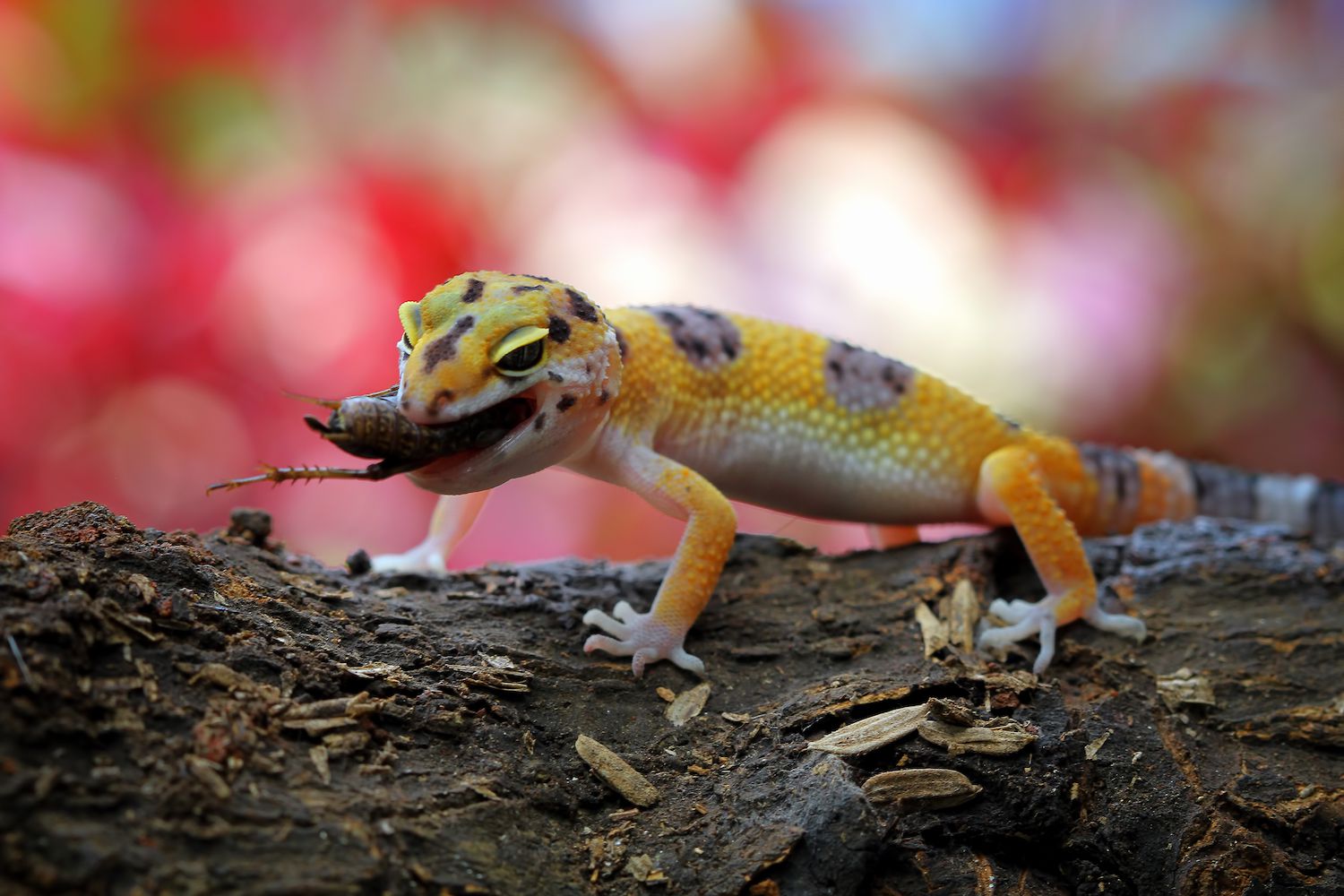
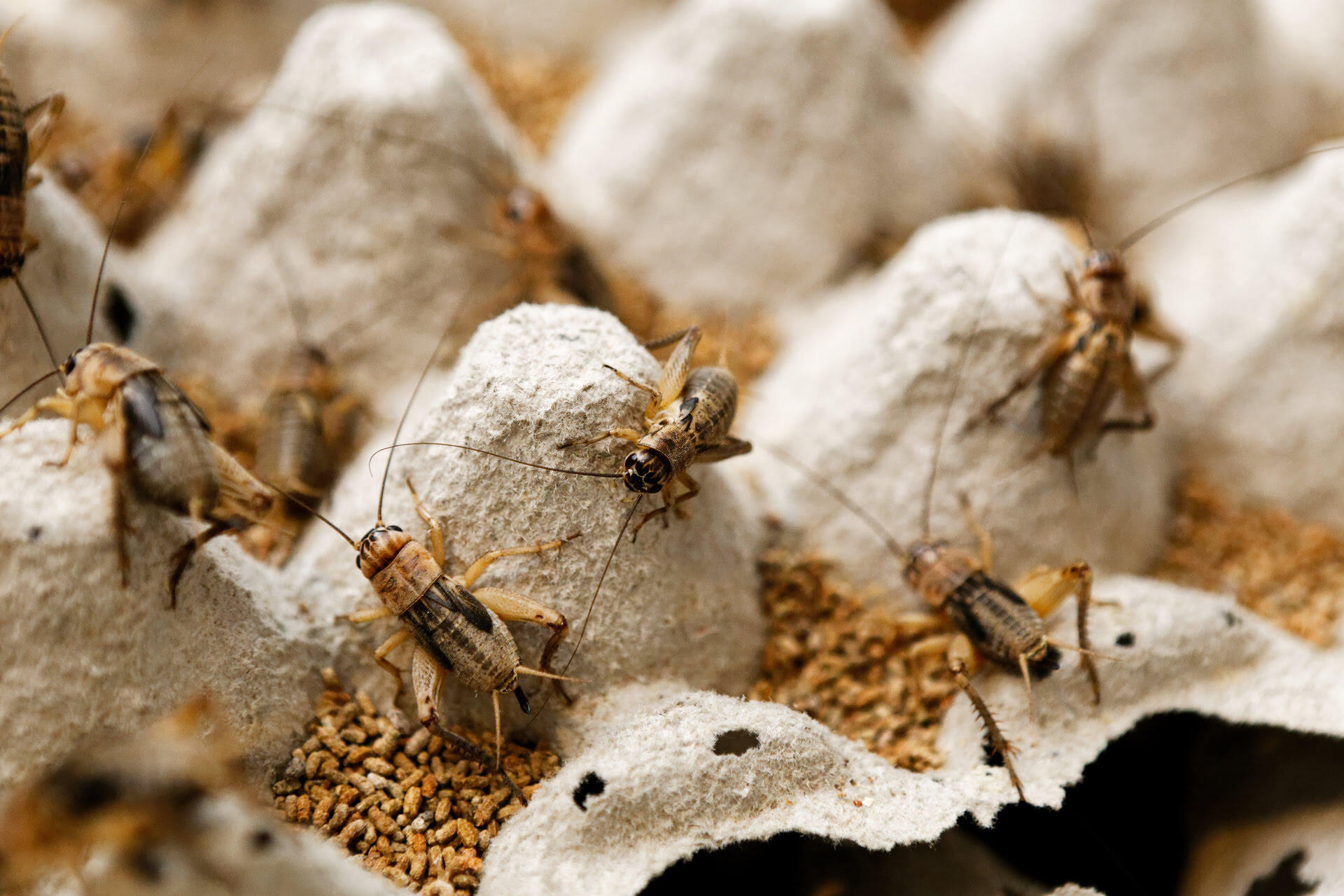
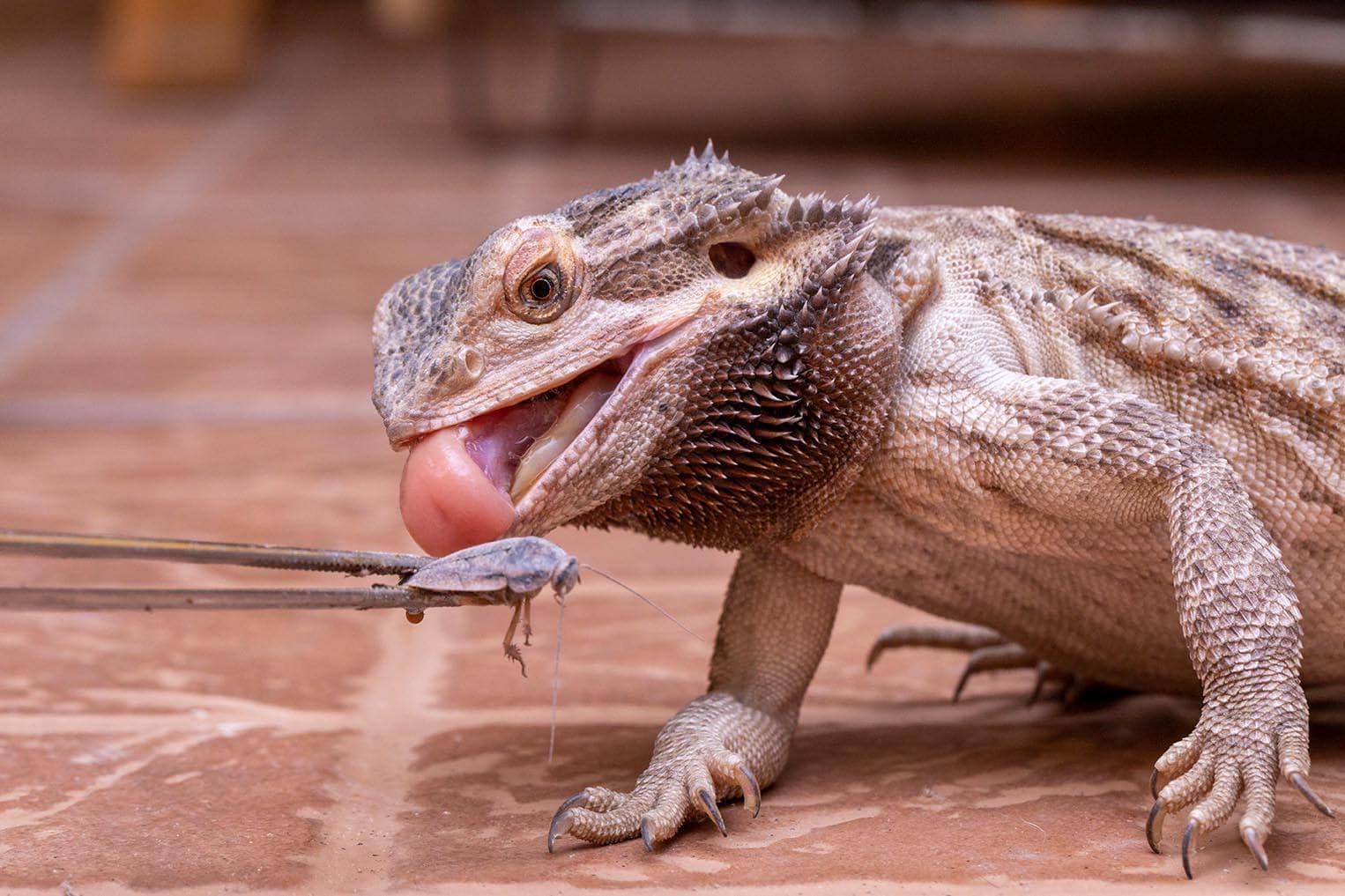
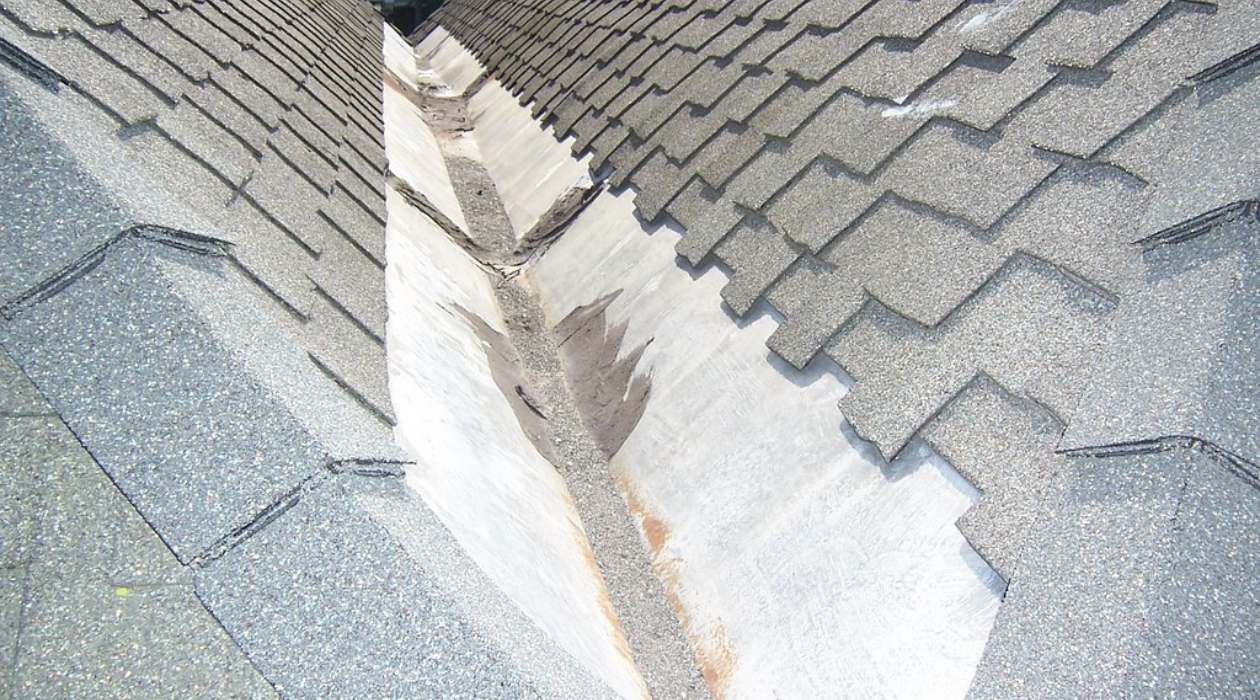
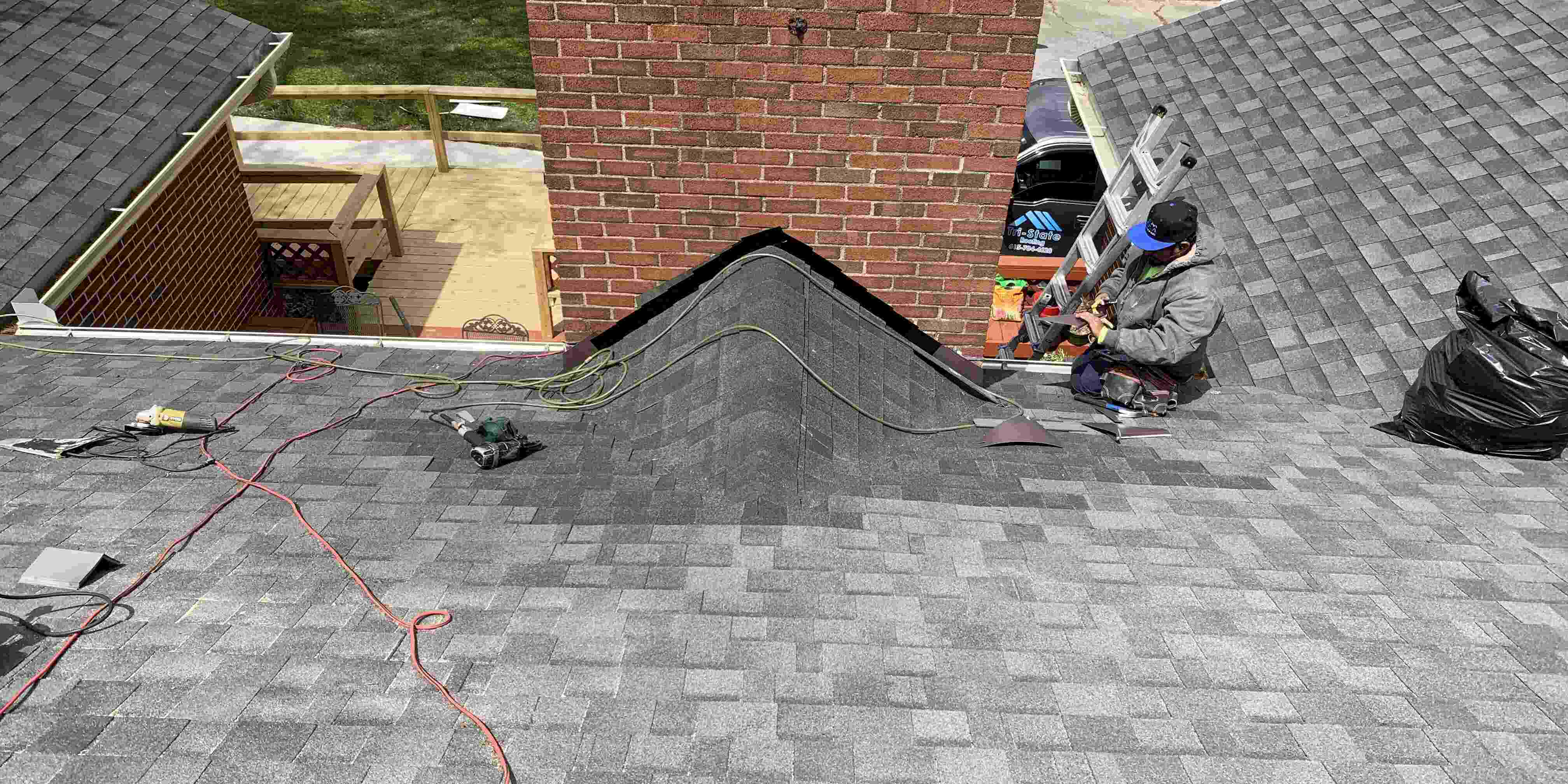

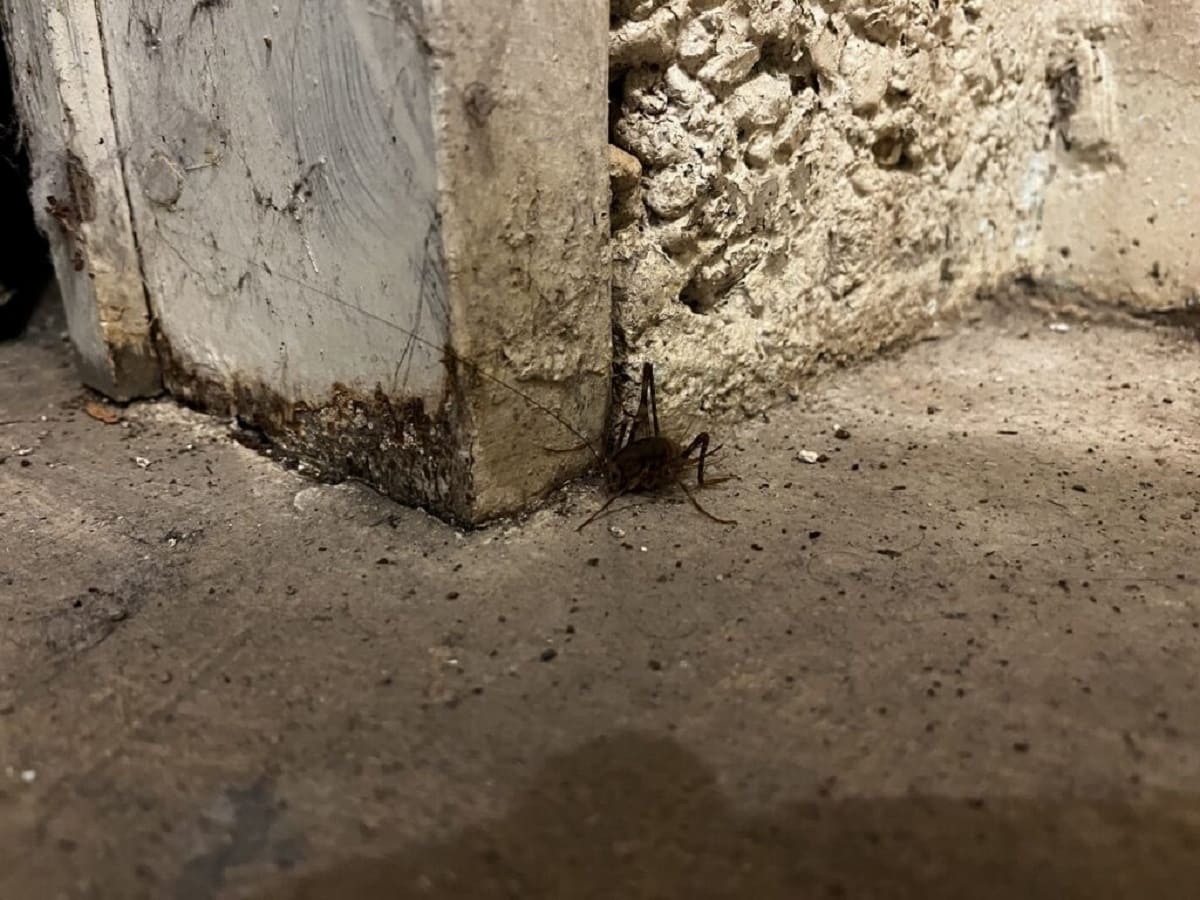
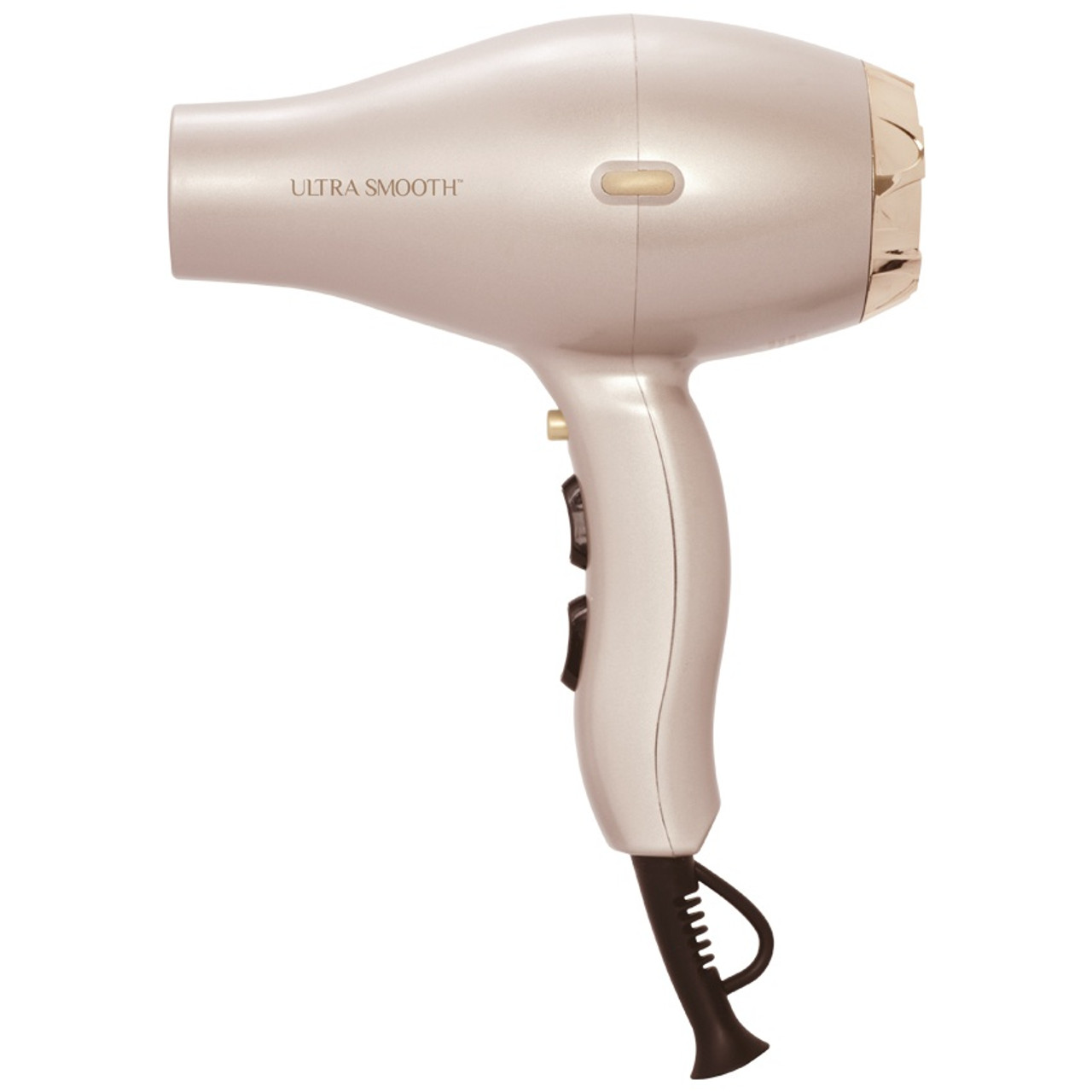
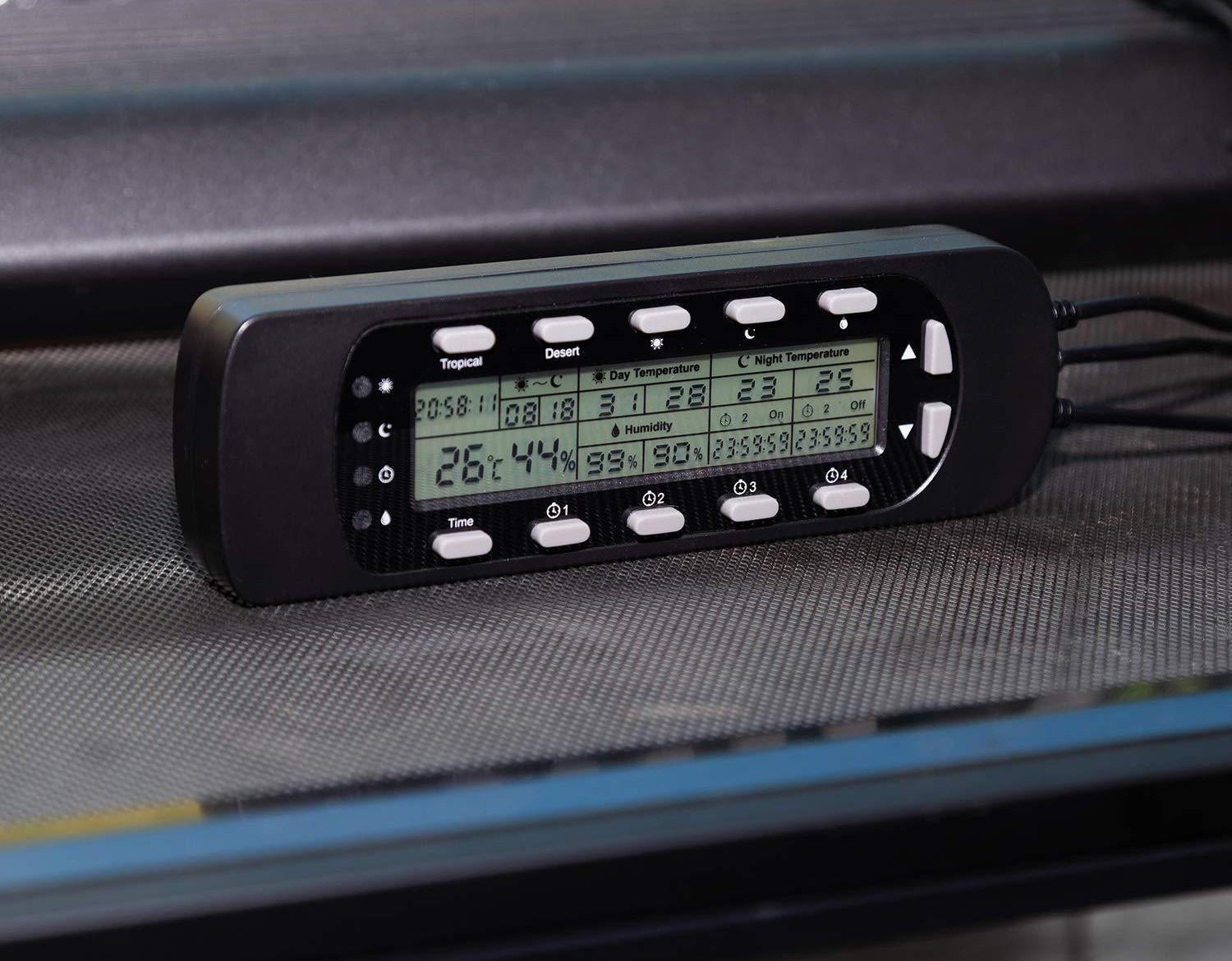
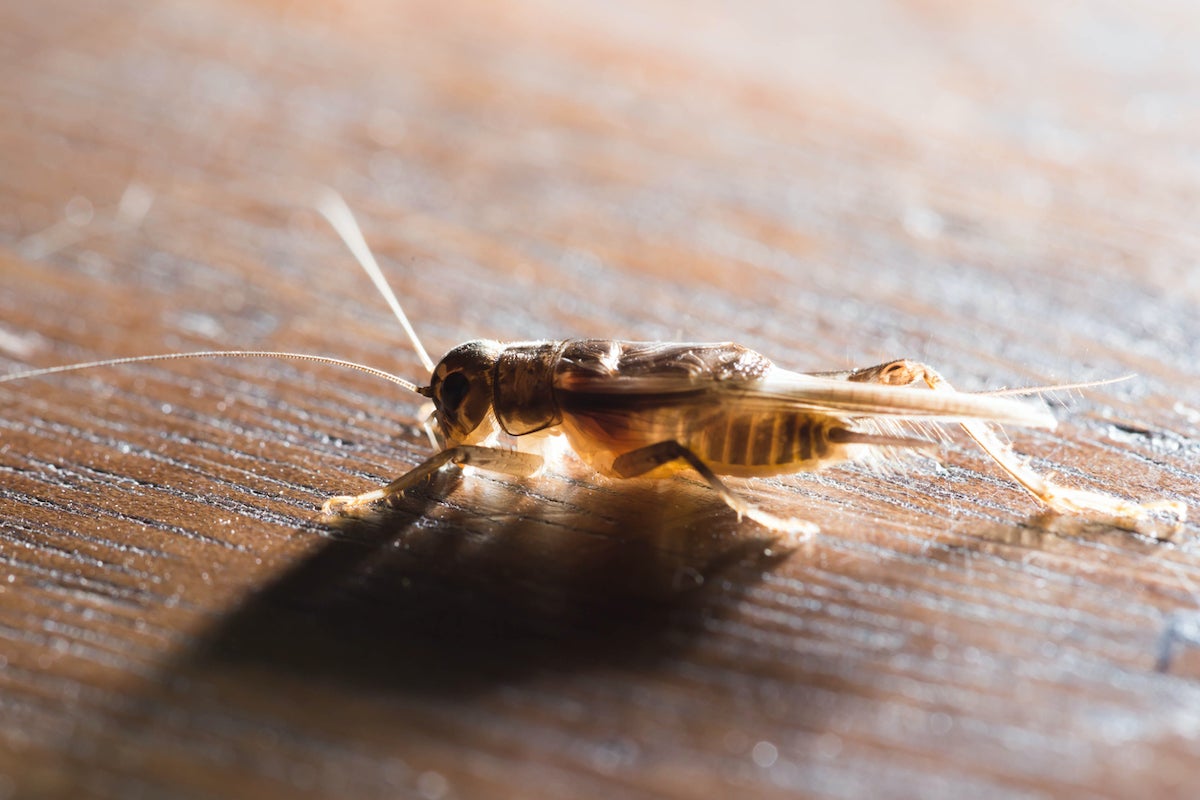
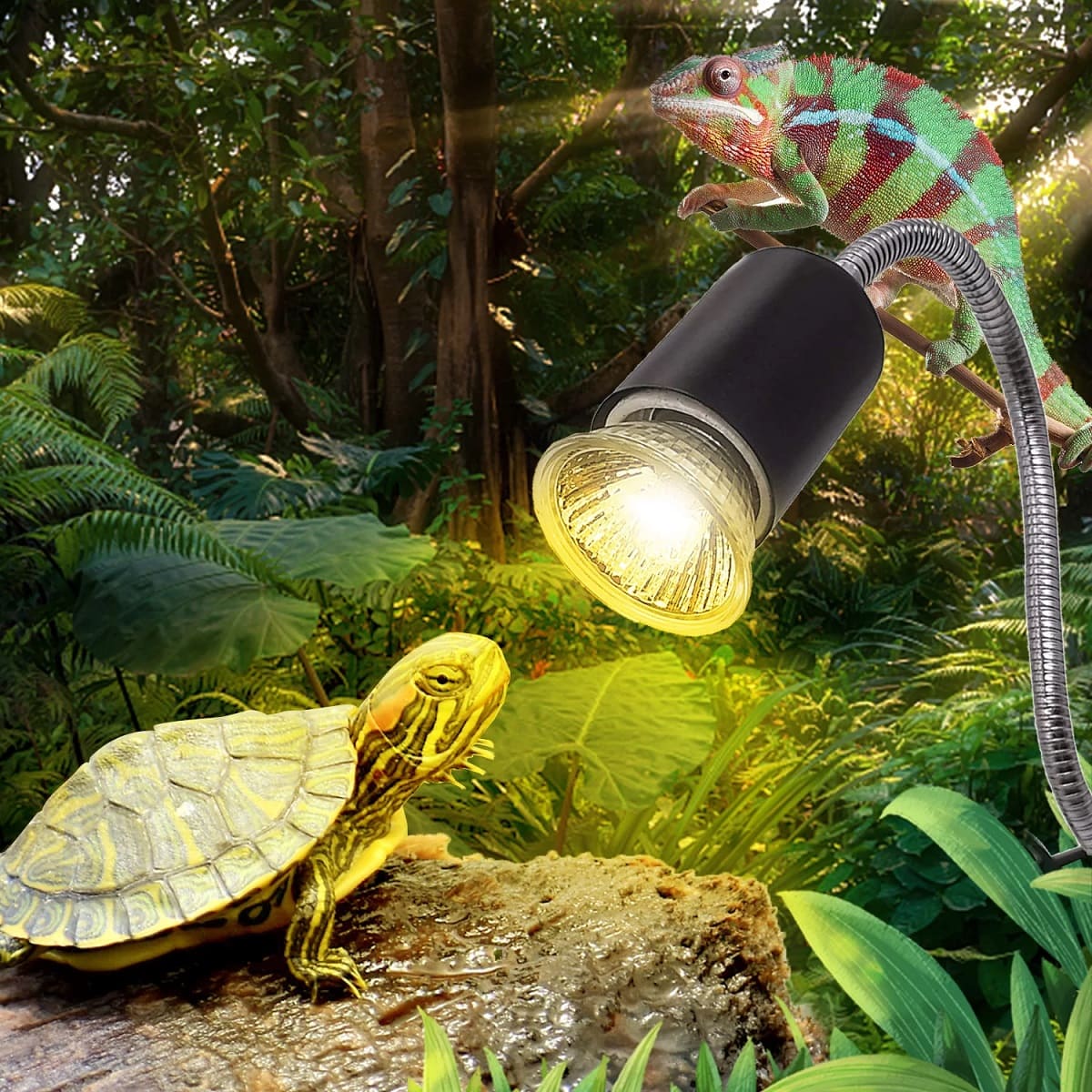
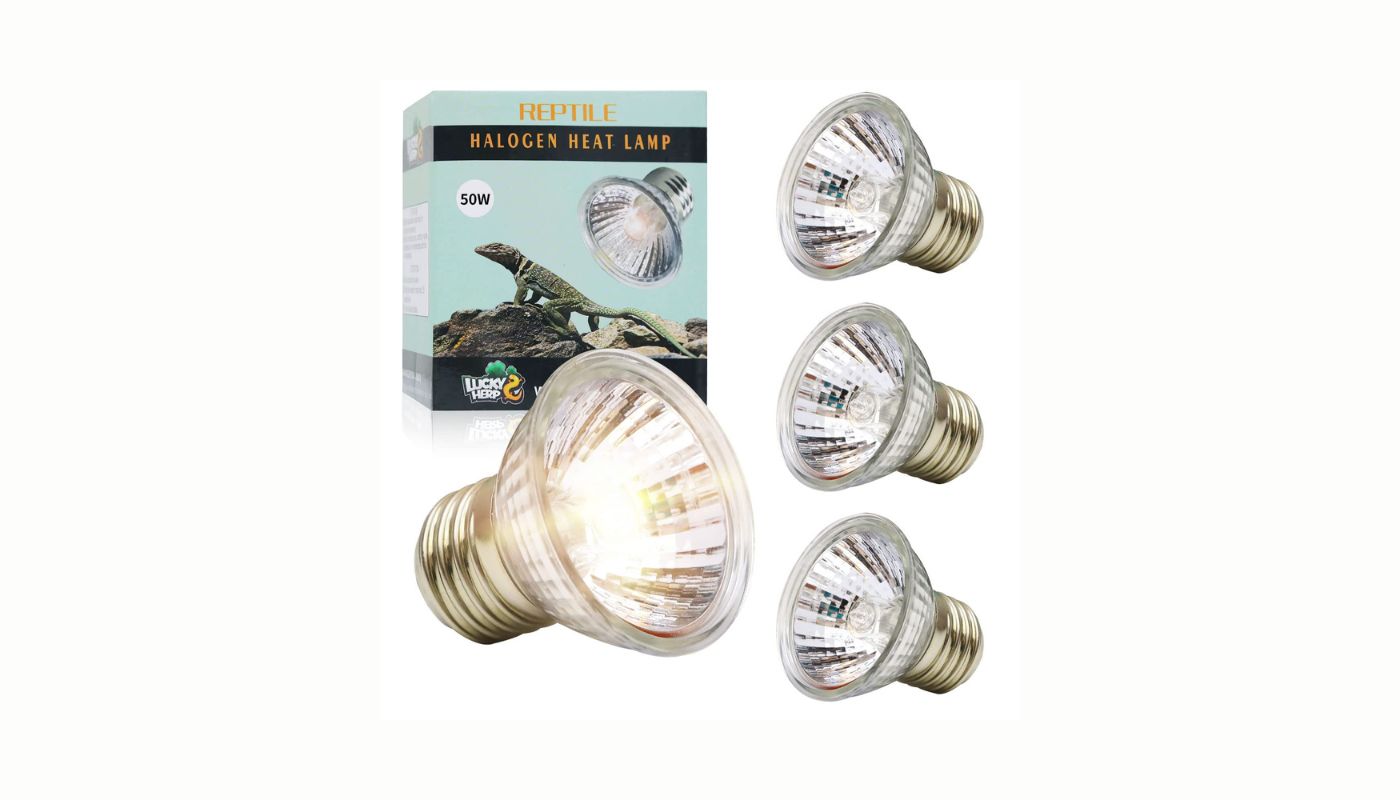
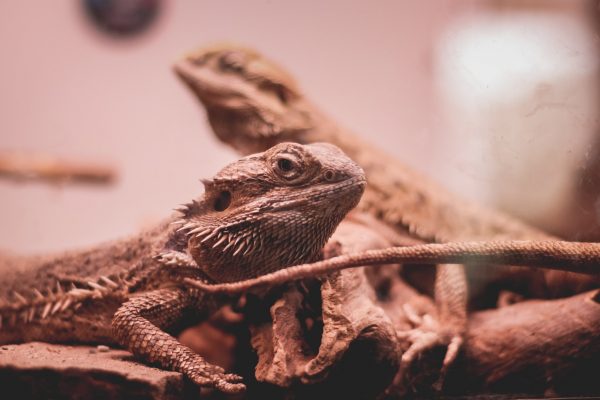

0 thoughts on “How To Store Crickets For Reptiles”